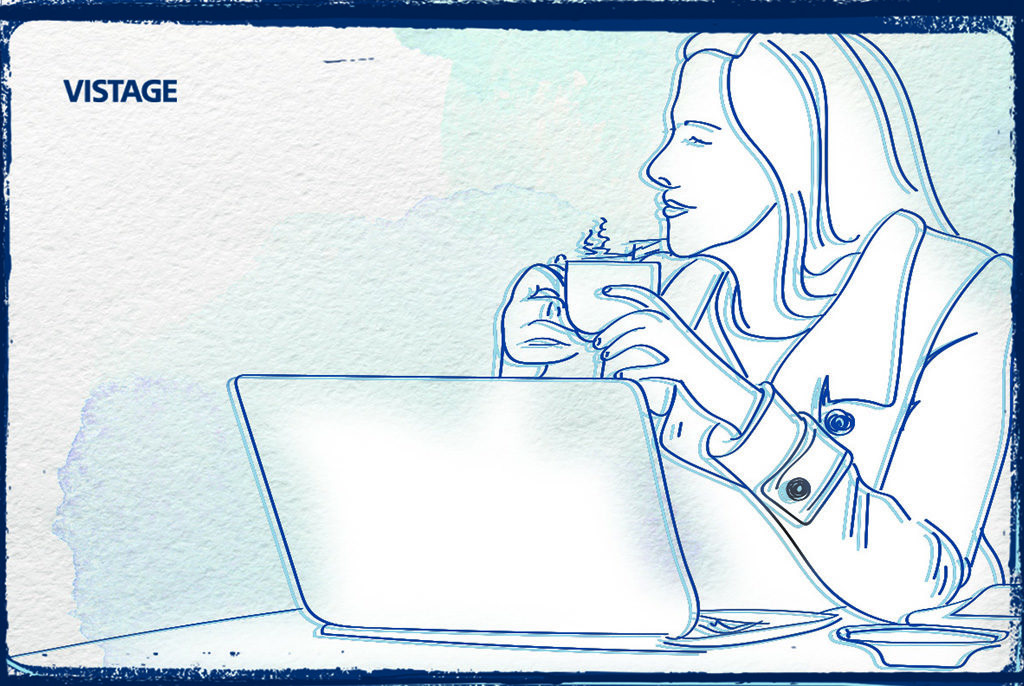Disengaged Team Members During Meetings? What to do!

 Have you ever been in a meeting where one person decided to display a negative attitude? You know, the person who starts reading his PDA, or the other one who suddenly falls quiet, or what about the one who starts to slide down his chair and on to the floor. Well if you are the one in charge of the meeting what is your role in this dysfunction? I recently heard a speaker, who was talking about the culture of accountability say, “You get what you put up with”. Bad behavior and rudeness happen because people continually get away with it.
Have you ever been in a meeting where one person decided to display a negative attitude? You know, the person who starts reading his PDA, or the other one who suddenly falls quiet, or what about the one who starts to slide down his chair and on to the floor. Well if you are the one in charge of the meeting what is your role in this dysfunction? I recently heard a speaker, who was talking about the culture of accountability say, “You get what you put up with”. Bad behavior and rudeness happen because people continually get away with it.
So lets break down bad behavior into three primary categories:
- Checked out or disengaged
- Negative
- Rude
Because of the proliferation of PDAs, I want to specifically discuss the scenario of disengagement. Reading PDAs and “multi-tasking” have become commonplace in business meetings. So you are leading a meeting and notice that one or more participants are texting or reading email on their smartphones. What options do you have at this point in time? First, you need to assess if this is a theme or an instance i.e. does the person disengaging have a reputation for checking out and not actively participating or is this something unusual for the team member. If this person has a reputation for disengaging then it should be addressed within the meeting. As the leader of the team you have the following options:
- You can ignore the behavior, limiting the team to less than high performance and continue the dysfunction by not managing the bad behavior. If this is your choice, you may want reevaluate why you are managing a team.
- You have the option of communicating to the person that you recognize that they are not currently part of the meeting. Ask them “Is there something urgent that you need to take care of at this time?” It may be that an emergency has come up which she needs to address. And if this is the case and she is key to the meeting, then reschedule the meeting. If she isn’t key to the meeting, then dismiss her to her emergency. However, in my experience this usually isn’t the case.
- You can wait until after the meeting and then pull the person aside to discuss what was driving the behavior. If there wasn’t an emergency, find out how they think their behavior impacts the meeting, other team members, as well as their effectiveness in the job.
- You can wait for an opportunity to ask her a pointed question specific to the conversation, such as “What do you think of Rick’s idea? This will either bring the person back into the conversation and/or will create a moment of embarrassment. Depending on their response, you may need to have a follow on conversation with them one on one.
- Or you can address the whole team and open the discussion to everyone. What are their thoughts about team members checking out? What would his or her suggestions be to become a higher performing team and have everyone engaged? This option may uncover process or content issues of the meeting that you haven’t considered may be part of the disengaging behaviors.
So as a leader it is your choice, allow the dysfunction to continue and you may wake up without a job in the future. Or, address the issue and set the tone for more productive meetings that will lead to team success.
What option of the 5 discussed do you plan on using?
Category: Communication & Alignment
Tags: Communication, Engagement, Leadership, Management, team members


Great article!
I agree that PDA use is a meeting
reality. Therefore, I have come up with 3 ways to stop the use of them from
creating disengaged meeting attendees.
1.) Have a no PDA rule stated at
the start of the meeting. You can have fun with this by charging a fee for
their use during the meeting or have a PDA collection basket sent around or
saying that the person next to them will read out loud what they are typing.
2.) Make PDA use a part of the
meeting. Have attendees look up words or do research as part of your presentation
and then present their findings to the group. This needs to be very structured
but definitely keeps people engaged.
3.) Schedule time throughout the
meeting for PDA use. The attendees will appreciate this and usually come back
more focused and engaged because they were able to keep their day going.
Thanks again!
These are great ideas Ja Marr. Thanks for sharing with our readers!
I will try option #1 –There is an Executive in our company who is constantly looking at his PDA during a meeting . It takes precedent over everything! You can be talking directly to him, and if he receives an alert he will pull it out of his pocket and read it as you’re talking to him!
Let me know the results! I often find that many people who do this want to feel important but while they do this they are creating a team that is not self sustaining because they are trained not to solve their own problems but have their manager solve problems for them.